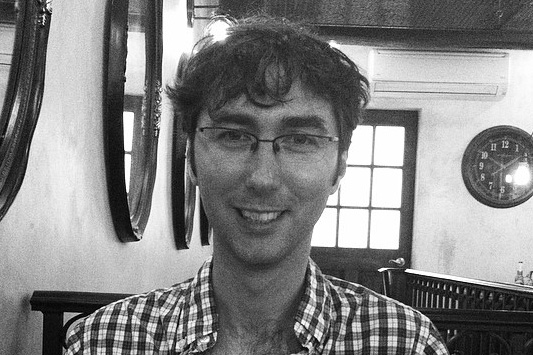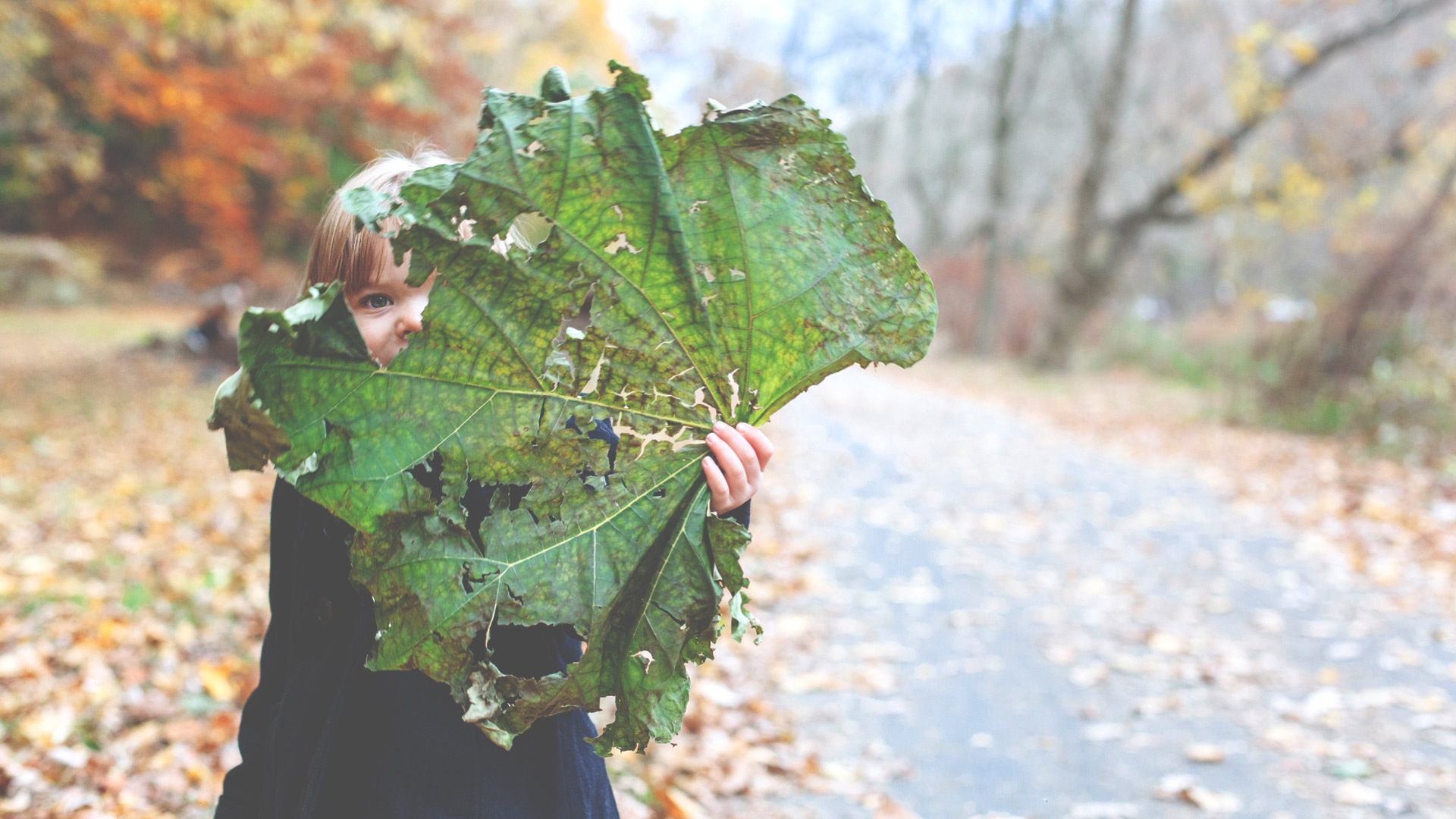
Embracing the Spectrum: Prodigies, Autists, and the Kids in Between
By Brian Gresko
One in five million children is born a prodigy, meaning she or he will reach a professional level of expertise in some skill before adolescence. Mozart, for example, wrote his first symphony at the age of 9 and spent much of his childhood touring Europe, astounding royalty with his skills at the piano.
As a graduate psychology student in the late 90s, Joanne Ruthsatz studied the factors that led some musicians to master their art, leaving others struggling. This led her to child prodigies, who, often from the moment they picked up an instrument, experienced a great level of success. Ruthsatz assessed one gifted boy—an accomplished guitar virtuoso at the age of 4—and his cousin, who was autistic. Watching the two kids together, she wondered if there might be a connection between the two—the prodigy and the autist—both of whom see the world in very unusual and special ways. With just a little research, she found that the two traits often occur within the same family lines.
In The Prodigy’s Cousin: The Family Link Between Autism and Extraordinary Talent, Ruthsatz, writing with her daughter, Kimberly Stephens, recounts the results of her more than 18 years evaluating and comparing prodigies and autists. She suggests—and on-going studies support this claim—that there may be a genetic relationship between the two: a mutation which leads to profound talent in some kids while creating challenges that require significant, even lifelong, support in others. What’s more, she explores how the very traits that are perceived as obstacles for young autists—their extreme attention to very small details, extraordinary memory in certain subject areas, and “rage to master” specific skills or bodies of knowledge—are strengths in child prodigies.
This struck me as a powerful idea to consider, especially when talking about myself as an introvert parent and my kid as a quiet child. For a long time, I considered some of my innate quiet traits as problems, things I needed to correct or apologize for. When I was in grade school, I liked reading books, drawing, and daydreaming, but my dad would insist I go run around in the fresh air. So, I would take a plastic baseball bat and walk circles around a tree in our yard, swinging the bat about like a sword, conjuring a make-believe world of knights and dragons—not unlike the worlds I would’ve rather been reading about in novels. My dad eventually decided that I, like all the other kids on our block, should be learning a sport and installed a basketball hoop in our driveway. For countless afternoons I shot baskets, but I never got any good at the game because I didn’t care about it. I just needed something for my hands to do while my mind wandered. Me bouncing a ball kept my dad from berating me for my anti-social, unmanly proclivities.
I see now that my inventing people and worlds and conflicts, hours on end, was an early form of storytelling, the start of a long journey toward becoming a writer, which is my life’s work and a role that gives me profound happiness. But I discovered my calling not because of—but in spite of—the way I was raised. I branded my imagination, my love of solitude, and my ability to zone out in my own world as weaknesses instead of recognizing them for the strengths they are when used in the right context.
As a parent, I try to keep this in mind and attempt always to see the upsides of my son’s quiet tendencies. Now, at the end of first grade, Felix is making friends with his peers, in part because he’s found a mutual interest, a kind of shared language: Shopkins. To me, Shopkins are not just weird; they’re repugnant. Cute little mascots of capitalism, they are toys meant to inspire kids to shop: tiny hard-plastic boots and shoes with eyes, appliances with eyes, fashion accessories with eyes—products of all sorts with little beady freaky eyes. As far as I can tell, you’re meant to collect them for the pure sake of ownership. There’s no story involved, no narrative.
But I can’t criticize Shopkins because they’ve become the vehicles through which Felix bonds with his classmates. He’s always had a somewhat obsessive personality of a collector. For years, it was Thomas the Tank Engine, then LEGO, and today Shopkins. But if before he used to collect in solitude, now he trades and shares the figures with his friends, who are collecting, displaying, and discussing these things as obsessively as he is. He’s found a community, so I don’t criticize his desire to collect (though I may try to curb him from spending every cent on Shopkins), nor do I tell him to put away the silly toys and go do something more productive with his time. Instead, I let him be.
It’s a far way to go from Shopkins to prodigies and autists, I know. But I love the idea that floats through Ruthsatz’s book, the idea that we’re all born with certain innate traits and the way in which those traits are assessed and received by others colors how we view ourselves. She recounts stories of kids on the autistic spectrum who didn’t excel in school until they had teachers who learned to meet them on their own terms, not forcing the children to fit preconceived notions of how they should behave, perform, or communicate. That’s when the kids went from troubling and challenging to functioning and sociable students. This is a story all parents and educators can learn from and take solace in: no matter how oddly your kid is received by others, unconditional support and acceptance from a trusted adult like yourself is what will make the long-term difference.
We can judge our traits as weaknesses or strengths, or we can try to see them for what they are: tendencies that at times are both, given the circumstance. This is extremely important to keep in mind both as the caregiver of a child and as a person. There’s never a need to foster shame or feel guilty about being yourself. We’ll excel in certain circumstances and be challenged in others, but we should never forget to always be kind to—and accepting of—ourselves and the next generation.











